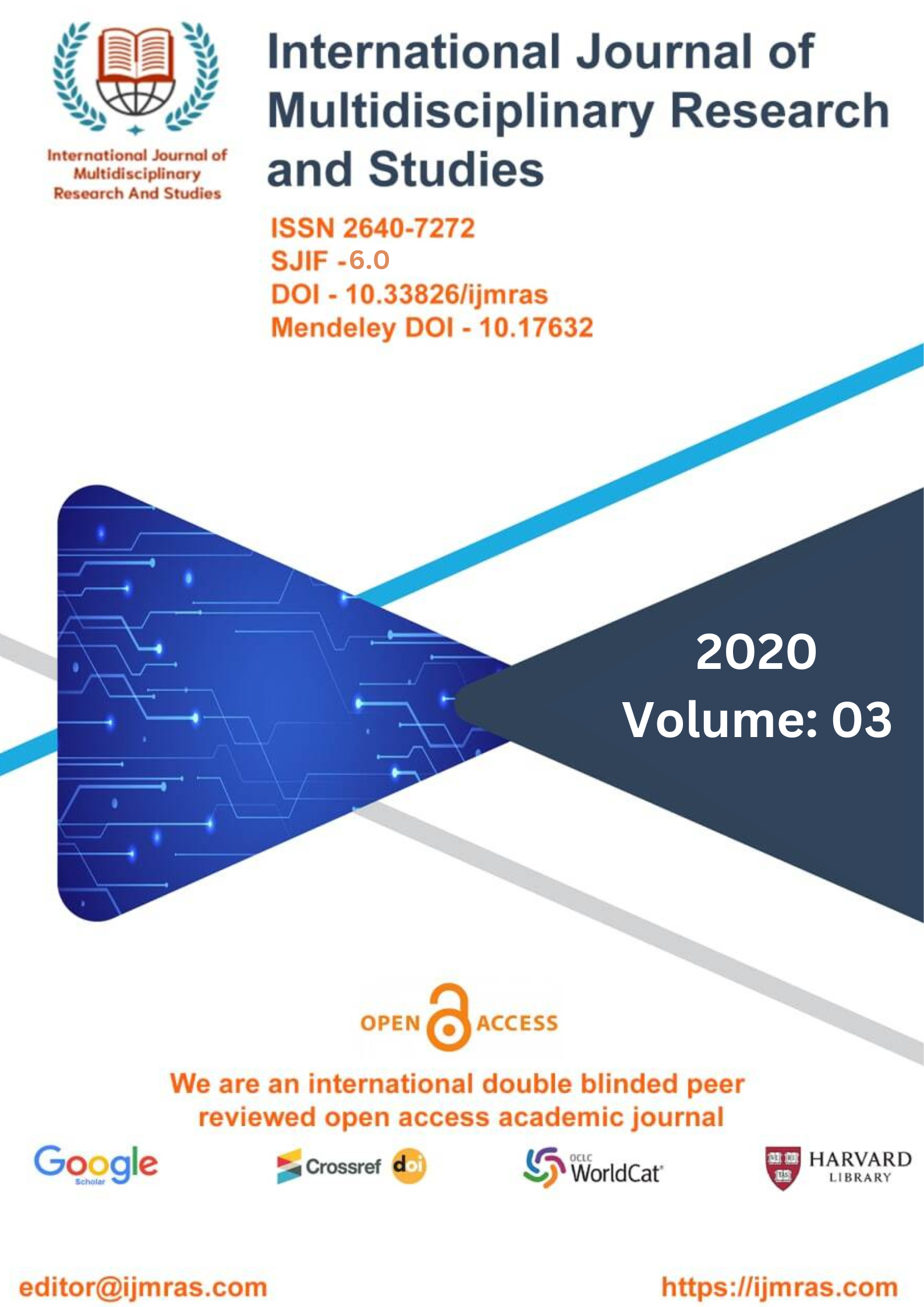PHYSICO -CHEMICAL ANALYSIS OF SOIL ADJACENT TO A DUMPING SITE OF MUNCIPAL WASTE

Abstract
As a result of increasing urbanization and rising population levels, the amount of solid trash that is generated in metropolitan areas around the world has experienced a dramatic uptick. Sometimes hazardous wastes from household and industrial chemicals that should be disposed of in hazardous waste dumps get up in municipal landfills instead. These landfills are designed specifically for the disposal of hazardous trash. After these wastes are disposed of in a landfill, the chemicals in them have the potential to seep into the earth and groundwater through precipitation and surface runoff. The organic material, inorganic salts, and heavy metals found in leachate are present in high concentrations. Disposal of municipal solid waste (MSW) in an unscientific manner has the potential to have a negative effect on all aspects of the ecosystem as well as human health. It is of the utmost importance to conduct leachate, groundwater, and soil monitoring in order to ascertain the level of contamination and to devise appropriate remediation strategies. Monitoring of several physicochemical and biological characteristics was used to determine whether or not there was a deterioration in the quality of the groundwater found in close proximity to MSW disposal sites.
Keywords
Chemical, Soil Adjacent, Dumping Site, Municipal WasteHow to Cite
References
Abd El-Salam, M.M., & Abu-Zuid, G.I. (2014). Impact of landfill leachate on the groundwater quality: A case study in Egypt. Journal of Advanced Research, 6, 579–586.
Abdelwahab, O., Amin, N.K., & El-Ashtoukhy, E.S.Z. (2009). Electrochemical removal of phenol from oil refinery wastewater. Journal of Hazardous Materials, 163, 711–716.
Abood, A. R., Bao, J., Abudi, Z. N., Zheng, D., & Gao, C. (2013). Pretreatment of non-biodegradable landfill leachate by air stripping coupled with agitation as ammonia stripping and coagulation–flocculation processes. Clean Technologies and Environmental Policy, doi: 10.1007/s10098-012- 0575-1.
Adamcová, D., Vaverková, M. D., Barton, S., Havlícek, Z., & Broušková, E. (2016). Soil contamination in landfills: a case study of a landfill in Czech Republic. Solid Earth, 7, 239–247.
Adamczyk-Szabela, D., Markiewicz, J., & Wolf, W. M. (2015). Heavy metal uptake by herbs. iv. influence of soil ph on the content of heavy metals in valeriana officinalis L.Water. Air and Soil Pollution, 226, 106. doi: 10.1007/s11270-015-2360-3
Adeolu, A.O., Ada, O. V., Gbenga, A.A., & Adebayo, O. A. (2011). Assessment of groundwater contamination by leachate near a municipalsolid waste landfill. African Journal of Environmental Science and Technology, 5(11), 933-940.
Adesodun, J. K., Atayese, M. O., Agbaje, T. A., Osadiaye, B. A., Mafe, O. F., & Soretire, A.A. (2010). Phytoremediation potentials of sunflowers (Tithonia diversifolia and Helianthus annus) for metals in soils contaminated with zinc and lead nitrates. Water, Air and Soil Pollution, 207, 195-201.
Adriano, D. C. (2001). Trace elements in terrestrial environments. Biogeochemistry, bioavailability and risks of metals. New York: SpringerVerlag, 867
Agridiotis, V., Forster, C.F., & Carliell-Marquet, C. (2007). Addition of Al and Fe salts during treatment of paper mill effluents to improve activated sludge settlement characteristics. Bioresource Technology, 98, 2926–2934.
Akinbile, C. O. & Yusoff, M.S. (2011). Environmental impact of leachate pollution on groundwater supplies in Akure, Nigeria. International Journal of Environmental Science and Development, 2(1), 2010-0264.
Akinbile, C.O. (2012). Environmental impact of landfill on groundwater quality and agricultural soils in Nigeria. Soil and Water Research. 7, 18–26. Aksu, Z. (2002). Determination of the equilibrium, kinetic and thermodynamic parameters of the batch biosorption of nickel (II) ions onto Chlorella vulgaris. Process Biochemistry, 38, 89–99.
Akyol, A. (2012). Treatment of paint manufacturing wastewater by electrocoagulation. Desalination, 285, 91–99.
Alam, S. M., Naqvi, S. S., & Ansari, M. R. (1999). Impact of soil pH on nutrient uptake by crop plants. In M. Pessarakli (Ed.), Handbook of plant and crop stress. New York: Marcel Dekker, 51–60.
Al-Hanbali, A., & Kondoh, A. (2008). Groundwater vulnerability assessment and evaluation of human activity impact (HAI) within the Dead Sea groundwater basin, Jordan. Hydrogeology Journal, 16(3), 499–510.
License
Copyright (c) 2020 SANTOSH KUMAR SHARMA

This work is licensed under a Creative Commons Attribution 4.0 International License.
Individual articles are published Open Access under the Creative Commons Licence: CC-BY 4.0.



